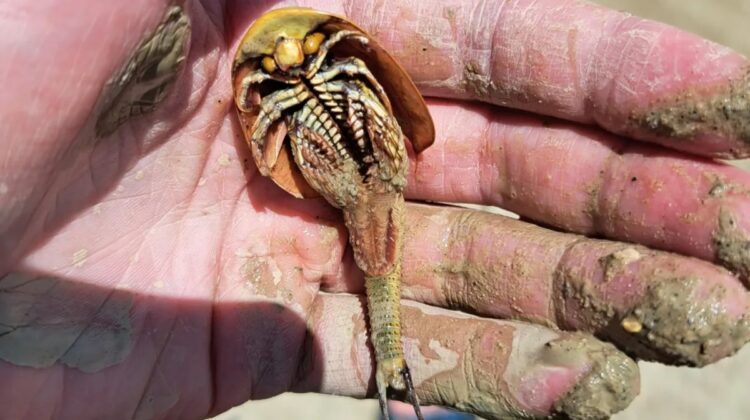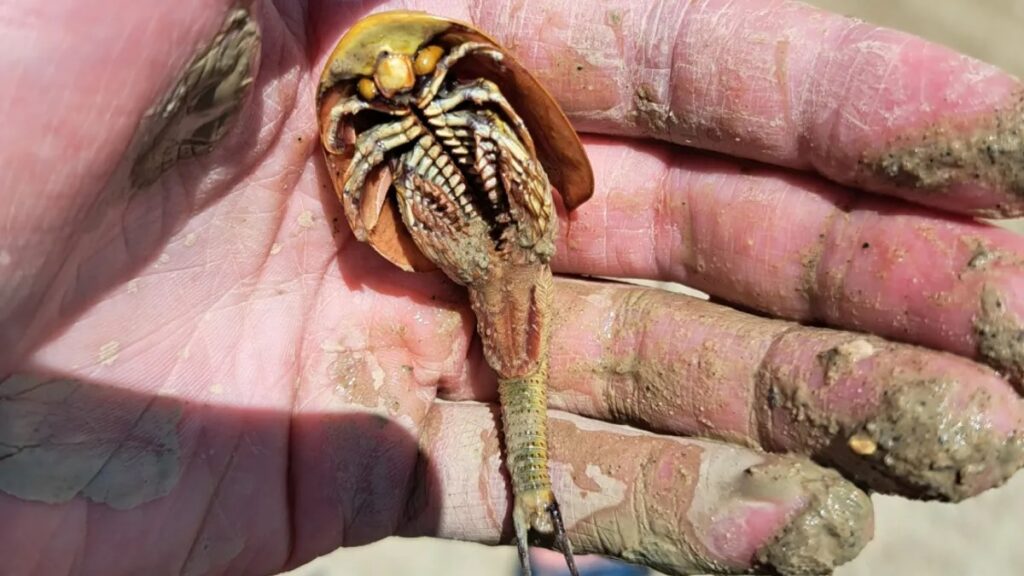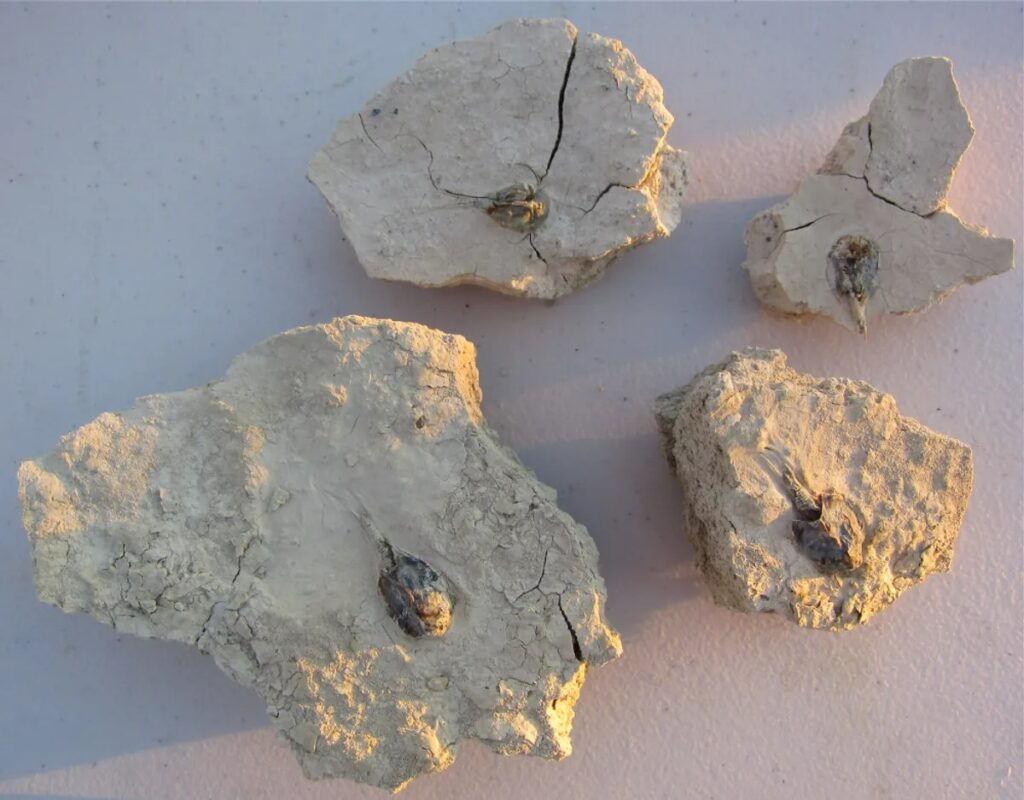
The curtain has fallen on the human festivities at Burning Man in Black Rock City, Nevada Desert, after a series of epic floods left festivalgoers stranded. While some opted to make a daring escape on foot, others embraced the festival’s ethos of self-sufficiency. Little did they know that they would soon share the stage with some truly extraordinary creatures that have patiently waited for their moment to shine.
Meet the Triops and fairy shrimp, two remarkable extremophiles with a unique survival strategy: enduring years-long droughts in the form of dormant eggs. These resilient organisms lay in wait beneath the parched lake bed until the heavens open up, unleashing the perfect conditions for them to resurface and thrive.

Among this peculiar cast, you’ll find Triops, close relatives of the oldest living creatures on Earth. Sporting the moniker “dinosaur shrimp,” Triops are renowned for their distinctive appearance, boasting two main eyes and a pit organ—a “third eye” shared with insects. This adaptation proves invaluable for prey animals, helping them detect changes in light, whether it’s a hunting bird swooping in or the muddy boots of festivalgoers like Chris Rock fleeing the floodwaters.
But Triops aren’t the only stars of this show. Enter the fairy shrimp, perhaps more familiar to some as sea monkeys. These translucent crustaceans, known scientifically as Branchiopoda, call vernal pools and hypersaline lakes around the world home. Thanks to their extremophilic nature, they excel in thriving within saline environments, earning them the alternative moniker of brine shrimp.
The annual arrival of these desiccated crustaceans on the Black Rock playa lakebed isn’t a surprise to Burning Man regulars. The Friends Of Nevada Wilderness (FNW), a partner organization supporting the Bureau of Land Management’s Winnemucca District, uses the festival as a platform to educate visitors about these remarkable creatures. The FNW has a mission to spread awareness about the cultural, historic, and natural aspects of the playa, including the threatened fairy shrimp that make their appearance during spring floods.
Typically, spring in the Nevada Desert spans from March to June, but these ancient crustaceans are patient beings. They bide their time in dormancy until the heavens decide to shower them with a deluge. In other words, a good old-fashioned rainstorm is all it takes to awaken these “living fossils.”
This year, Burning Man’s 2023 edition faced an abundance of rain, resulting in road closures and stranding approximately 70,000 attendees in Black Rock City, isolated by hundreds of miles from the nearest metropolitan area in Reno. Event organizers and those making the long trek back to civilization have a challenging road ahead of them as they clean up the aftermath of this extraordinary event. While the festival may have officially concluded for humans, for Triops and fairy shrimp, it’s just the beginning.
In a little over a week, these resilient critters will begin laying their own eggs, marking the start of a new generation. However, their race against time begins if the weather decides to take a turn for the worse. As we’ve seen with these “modern fossils” rescued from the Black Rock Desert, any crustaceans caught stranded in the sediment when it dries up won’t be as fortunate as their eggs.

So, here’s to the perseverance of these incredible crustaceans as they embark on their journey post-Burning Man. We wish them godspeed in their unique adventure!

Leave a Reply